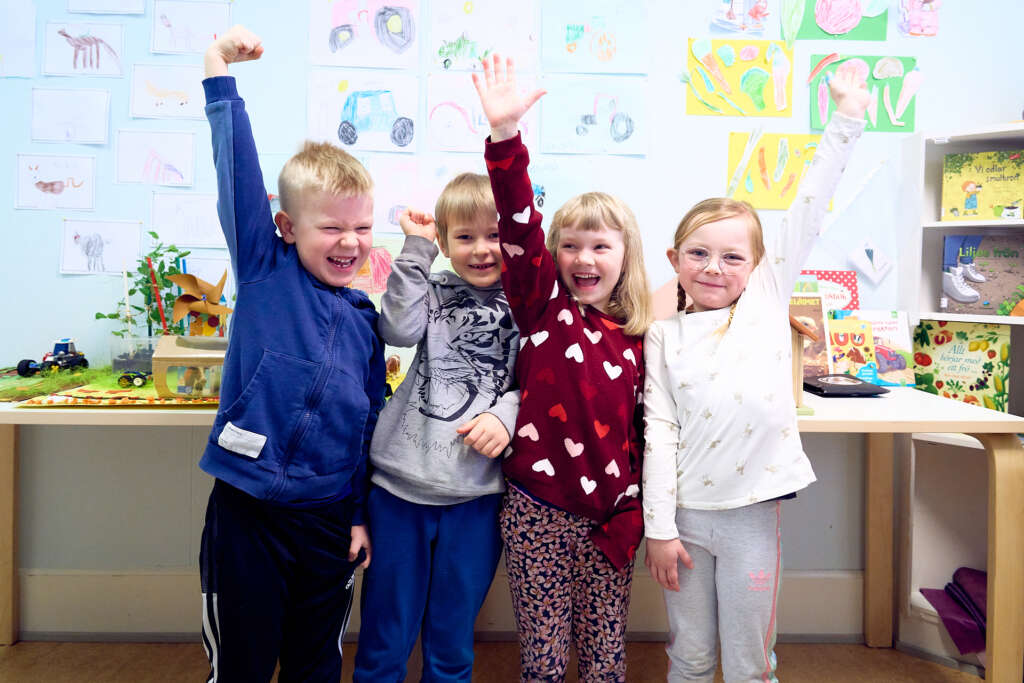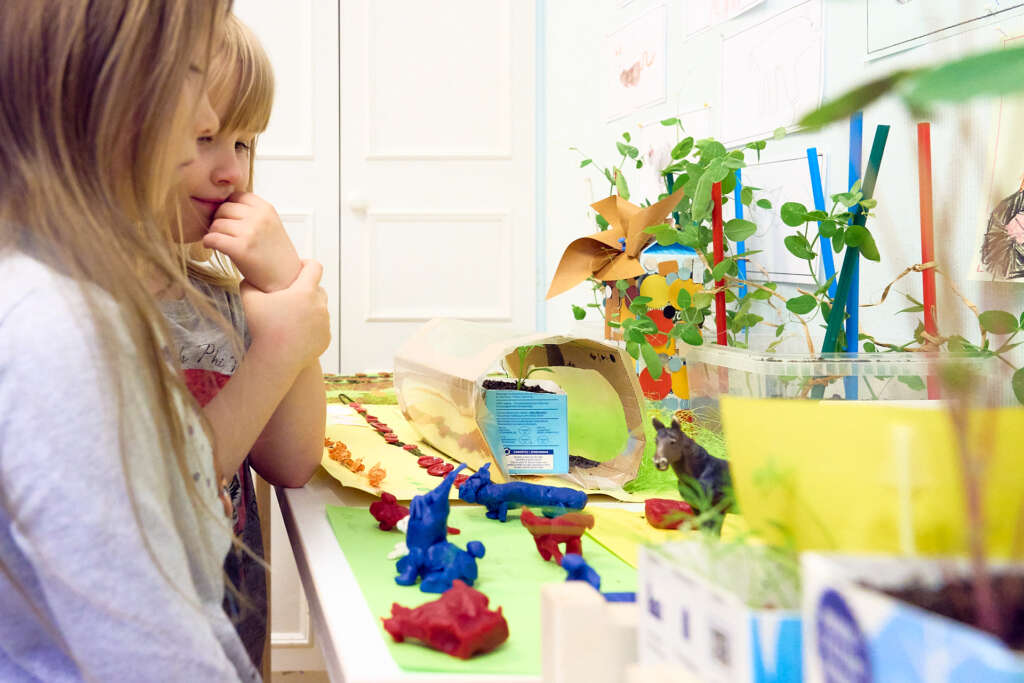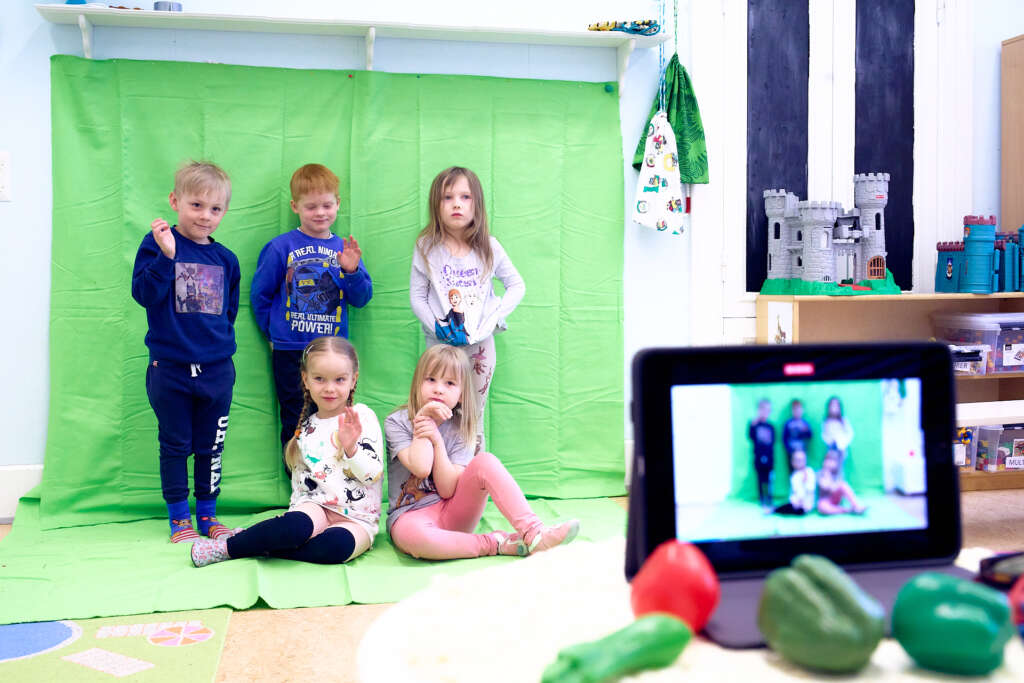
Article categories: Archive News
Children got to present their science project to the university
Published: 17.5.2023
The Delfinerna group from the Satamapuisto Day Care Centre took part in the LUMASTER festival at the University of Vaasa on 26 April. The children had spent all spring getting ready to present their project on farm life and the journey of food to the supermarket.
A total of 100 children from Vaasa and Seinäjoki participated in the event. Vaasa was represented by the Satamapuisto Day Care Centre and Huutoniemi School.
The LUMASTER festival are the culmination of a challenge organised by LUMA Centre Ostrobothnia. The idea of the challenge is to encourage groups in early childhood and basic education to carry out projects related to mathematics, science, and technology in their learning communities.
In the Lumaster challenge, the Delfinerna group was rewarded for their work by a visit to the group by the Luma Centre Ostrobothnia. The children are going to an inspiring day!
From grains to flour to pancakes, from seeds to dill on a plate
The 5—6-year-olds in the Delfinerna group have been working in small groups over the spring on various tasks related to food production.
– In the Lumaster challenge, the purpose is to solve a problem. Together we were learning the names of vegetables in Swedish, and they started asking questions and wondering how the vegetables end up in the supermarket. That’s how the idea of a farm came about, say the group’s teachers Sarita Houtsonen, Jenna Vironen, and Katja Katajalehto.
– We have, for example, ground wheat into flour, planted seeds, shaped animals for a miniature farm, done animal gymnastics, grown and tasted peas and dill.

The video explains the cycle of grain and milk
The mini-farm project has involved learning all sorts of skills, including maths, alongside manual and language learning.
The final product was an educational video that the group made together. This video was shown at the LUMASTER Festival.
– The children performed in small groups in front of a green screen, with either wallpapers they had drawn by hand or real photographs edited into the background. The video tells the story of how grain products, milk, and vegetables get to the supermarket. The children had come up with the script themselves, says Houtsonen.
Best things about the mini-farm project according to the children:
- “Windmill!”
- “The home-grown dill was really good!”
- “We planted our own plants, dill, chili peppers, and peas, and watered them.”
- “I’m going to grow my own strawberries at home.”

The energy education pathway in Vaasa
Vaasa is implementing an energy education pathway that stretches from early childhood education to higher education. In Vaasa, the energy capital of the North, learners will master the workplace skills and energy know-how of the future.
One of the three main objectives of the City of Vaasa Strategy 2022—2025 is Carbon Neutral Vaasa 202X. The aim is to be the most energy-wise and energy-efficient city in Finland.
